AI and Children's Data: Powering Progress, Endangering Privacy?
Explore the complex issue of how Artificial Intelligence (AI) is using images and data from minors to fuel its advancement, while considering the potential negative impacts this has on protecting children online.
AI and its Reliance on Data:
Artificial intelligence (AI) is a rapidly developing field that uses complex algorithms to learn and perform tasks. Similar to how a child learns from experiences, AI requires vast amounts of data to train its models. This data can be anything from text and images to audio recordings and user behavior.
Prevalence of Children's Data Online:
Children today are growing up in a hyper-connected world, leaving a digital footprint wherever they go online. This includes social media posts, educational platforms, gaming activities, and even seemingly harmless apps.
Per ICO, AI lifecycle organizations must have processes in place to enable and record the exercise of people’s rights.
How Can AI Organizations Keep Children Protected?
TrustElevate’s technology easily integrates into the backend of almost any platform, allowing organizations to comply with regulations and work toward giving kids a great experience.
Additionally, organizations that place an emphasis on child protection avoid the regulatory fines and public relations disasters that are so often covered in the media these days.
We understand that “speed to market” is a reality in the ever-changing world of AI, where major advancements are happening by the minute. However, there is little value in taking 2 steps forward, only to take 3 steps back to respond to criticism or regulations for not protecting children.
Bring TrustElevate into the development process to see how we can safeguard children AND your brand.
How AI Uses Children's Data:
Different Ways AI is Trained:
Children's data can be used in various ways to train AI. For example, facial recognition software might analyze children's images to improve its accuracy in identifying people. AI assistants that use voice recognition can be trained on children's speech patterns to better understand different voices.
Benefits of Anonymized Data:
There can be potential benefits to using anonymized children's data in specific contexts. For instance, anonymized data might be used to personalize educational platforms, catering to individual learning styles. However, it's crucial to ensure true anonymization and clear communication about data usage.
The Dark Side of Data Collection:
Sharenting and Privacy Risks:
Sharenting refers to the practice of parents sharing photos and videos of their children online, often on social media platforms. While done with love, sharenting can expose children's data without their consent and potentially lead to privacy risks in the future.
AI Bias from Imbalanced Datasets:
AI models are only as good as the data they are trained on. If datasets lack children's data or have biases (e.g., mostly data from a specific age group), the resulting AI might inherit these biases. This could lead to unfair or discriminatory outcomes.
Negative Impacts on Children:
Targeted Advertising:
AI can be used to create highly targeted advertising campaigns. This can be problematic for children as AI can exploit browsing habits and online behavior to serve them age-inappropriate content or manipulate their purchasing decisions.
Data Breaches:
Unfortunately, data breaches are a constant threat. If a platform holding children's data is compromised, it can expose sensitive information and put them at risk.
Ethical Implications:
Using children's data without their understanding or consent raises ethical concerns. Children may not grasp the long-term implications of their data being used by AI systems.
Protecting Children in the Digital Age:
Responsible Sharing Habits:
Parents can take steps to minimize privacy risks by being mindful of what they share online about their children. Consider getting their child's consent before posting and adjust privacy settings on social media platforms.
Data Privacy Education for Children:
As children grow older, it's important to educate them about data privacy. Teach them about their digital footprint, responsible online behavior, and how to be cautious about sharing information online.
Regulation Efforts:
There are ongoing efforts to create stricter regulations on how children's data is collected and used online. Staying informed about these developments can empower parents to advocate for stronger protections.
The Best Way to Protect Children Online?
Age Assurance and Parental Consent Technology
TrustElevate offers the only secure, accurate, and privacy-focused solution for verifying all ages, including children, and obtaining verified parental consent.
How It Works:
Step 1 - Verify:
TrustElevate enables you to verify age, verify parental responsibility, and obtain verifiable parental consent at any stage in the user experience.
Step 2 - Receipt:
You receive a “receipt” (i.e., verified credentials) for reuse within your own systems and online to comply with regulations, sell services and process payments worldwide.
Step 3 - Maintain
Consent receipts have a limited lifetime and re-checks are conducted at set intervals.
Listen up.
The Data Protection and Privacy Podcast
What The EXPERTS Do Not TELL Us about Data Protection ? Part 22 Dr. Rachel O'Connell CEO of TrustElevate discusses how to create a safer internet for children by verifying the ages of users under 13 and confirming parental responsibility.
Contact Us
Contact us to learn how our Age Assurance and VPC solutions can empower your legal and compliance teams to confidently navigate these complex regulations.
When you contact us, you’ll receive a prompt and personalized response from our team. We will schedule a demo tailored to your specific needs, allowing you to see our solutions in action and how they can benefit your business.








